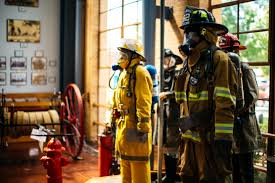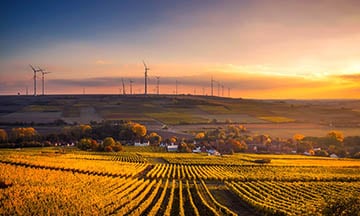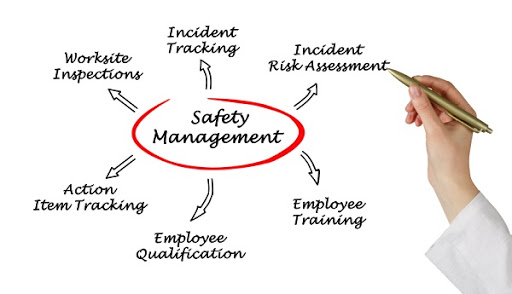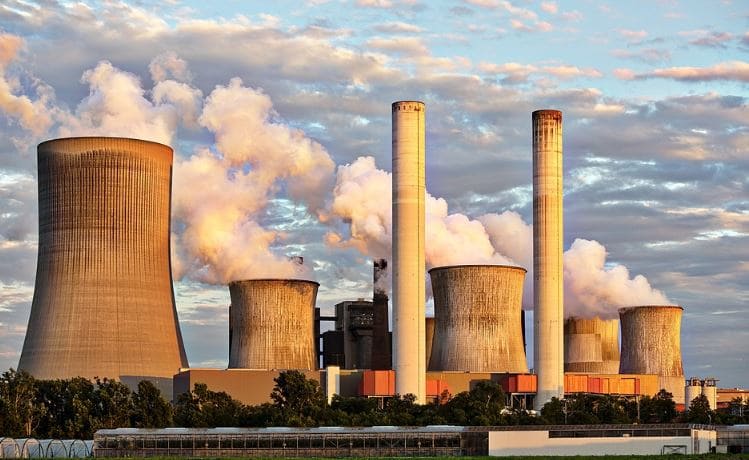

Environmental Protection means nature prevention which includes:
• Air Pollution,
• Water Pollution,
• Thermal Pollution,
• Noise and Vibration,
• Chemical Hazard and Risk and
Energy Saving means the optimum utilization of energy resources for certain energy consumer operation this includes:
• The minimum quantity of fuel
• The minimum quantity of Pollution
• The maximum saving of energy
This course describes deeply the problem of the Pollution due to inefficient using energy resources and gives the solutions.
This program aims to:
INTRODUCTION
BACKGROUND
2.1 What is the relationship between the Environmental Protection by Energy Saving?
2.1.1 History of The relationship between the Environmental Protection by Energy Saving
Pollution due to inefficient using energy resources
Air Pollution
3.1.1 Carbon Dioxide
3.1.2 Carbon Monoxide
3.1.3 Sulfur Dioxide
3.1.4 Hydrogen Sulfide
3.1.5 Nitrogen Oxides
3.1.6 Fluorides
3.1.7 Hydrocarbons
3.1.8 Particulate Matter (or Aerosols)
3.2 Mitigation Measures
3.2.1 Reduction of Pollutant Discharge at the Source by the Application of Control Equipment
3.2.2Reduction at the Source
3.2.3 Dilution of the Source Discharge by the Use of Tall Stacks
3.2.4 Dispersion of Source Locations
3.3 Water Pollution
3.3.1 Sewage and Other Oxygen-demanding Wastes
3.3.2 Industrial Waste
3.4 Thermal Pollution
3.4.1 Mitigation Measures
3.4.2 Use of Treatment Process Equipment
3.5 Need for Public Participation in the Assessment Process
3.5.1 Overview of Roles of the Public
3.5.2 Public Participation Techniques
3.6 Environmental Monitoring
3.6.1 Example of a Monitoring Program
3.7 Environmental Auditing
Total Energy Management.. Introduction:
4.1 Total Energy Management
4.2 Benefits of Energy Conservation
Energy on the Company Level
5.1 Why is Energy Conservation Important?
5.1.1 Energy Costs Relative to Production Cost
5.1.2 Hedge against Increasing Energy Prices
5.1.3 Cost Savings with Attractive Investments
5.1.4 Productivity Improvements
5.1.5 Environmental Benefits
5.1.6 Energy Management in Context
5.2 How is Energy Measured?
5.2.1 Heating Values of Fuels
5.2.2 Normalization of Energy Units
5.3 How Much Does a Unit of Energy Cost?
5.3.1 Petroleum-Based Fuels
5.3.2 Electricity
5.4 Think in Terms of Unit Costs
Energy Management Organization and Approach
6.1 Linking Energy Consumption to Costs
6.2 Where to Start?
6.3 Top Management Commitment
6.4 The Energy Committee
6.5 A Responsible Authority: The Energy Manager
6.5.1 Duties of the Energy Manager
6.5.2 The Energy Manager Instead of the Energy Committee
6.5.3 Profile of the Energy Manager
6.5.4 The Part-Time Energy Manager
6.6 Setting Energy-Saving Goals and Targets
6.7 Technical Support
6.8 Staff Training
6.9 Use of Resources, Internal and External
6.9.1 In-House Staff
6.9.2 Consultants and Contractors
6.9.3 Equipment Vendors
6.9.4 Industry or Trade Associations
Technical Approaches and Analyses
7.1 The Energy Survey
7.1.1 Preliminary Energy Survey
7.1.2 Detailed Energy Survey
7.1.3 What to Expect from an Energy Survey
7.1.4 Level of Detail in an Energy Survey
7.1.5 Who Should Perform the Energy Survey?
7.1.6 Implementation
7.2. Check listing
7.3. Feasibility Study
7.3.1 The Prefeasibility Stage
7.3.2 Feasibility Study Procedure
7.4. Engineering Standards
7.4.1 Operation and Maintenance Guidelines
7.4.2 Engineering Design Standards
7.4.3 Energy Efficiency Standards
Energy Conservation Opportunities
8.1 Classification of ECO’s
8.1.1 Housekeeping Measures
8.1.2 Process Improvement Projects
8.1.3 Major Replacement Projects
8.2 Boiler Improvements
8.2.1 Improve Boiler and Furnace Efficiency
8.2.2 Boiler Economizer
8.3 Steam System Improvements
8.3.1 Repair Steam Leaks
8.3.2 Check and Maintain Steam Traps Regularly
8.3.3 Insulate All Hot Pipes and Equipment
8.3.4 Return Steam Condensate
8.4 Electrical System Improvements
8.4.1 Control Electric Demand and Consumption
8.4.2 Improve Lighting Efficiency
8.4.3 Improve Refrigeration/Air Conditioning Efficiency
8.4.4 Improve Compressed Air Generation and Distribution
8.5 Waste Heat Recovery
8.6 Cogeneration
BTS Consultant Certificate will be issued to all attendees completing minimum of 75% of the total tuition hours of the workshop.
| Code | Date | Venue | Fees | Register |
|---|---|---|---|---|
| HSE252-01 | 15-06-2026 | Kuala-Lumpur | USD 5950 | |
| HSE252-02 | 09-08-2026 | Dubai | USD 5450 | |
| HSE252-03 | 11-10-2026 | Cairo | USD 5450 | |
| HSE252-04 | 13-12-2026 | Dubai | USD 5450 |

Power plants have special fire protection issues: few people on duty, limited numbers of response agencies, and few fixed systems. Further, because of the increasingly competitive nature of the Electr ...

As concern grows for continually improving the quality of the environment, organizations of all types and sizes are increasingly turning their attention to the environmental impacts of their activitie ...

This course is designed to provide the participants with the due knowledge and skills that enable them to practice a comprehensive Environmental Safety Management plan in order to conserve environment ...

The petroleum industry can logically be divided into three major divisions: production, refining and marketing. All of these activities may be sources of pollution to the air and water. Pollution from ...
Providing services with a high quality that are satisfying the requirements
Appling the specifications and legalizations to ensure the quality of service.
Best utilization of resources for continually improving the business activities.
BTS keen to selects highly technical instructors based on professional field experience
Since BTS was established, it considered a training partner for world class oil & gas institution
1st floor, Incubator Buildingو Masdar City, Abu Dhabi, UAE
Sun to Fri 09:00 AM to 06:00 PM
Contact Us anytime!
Request Info